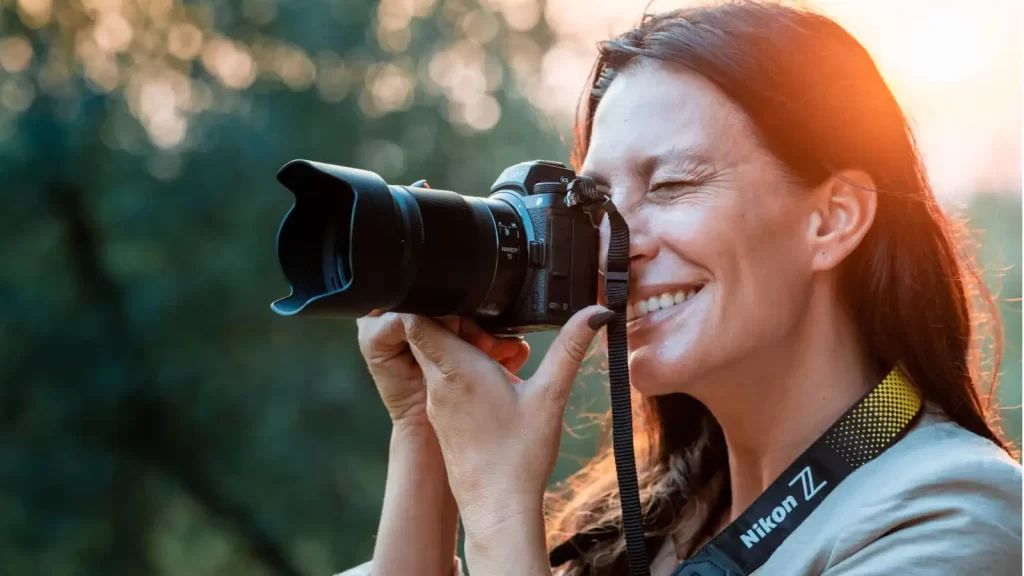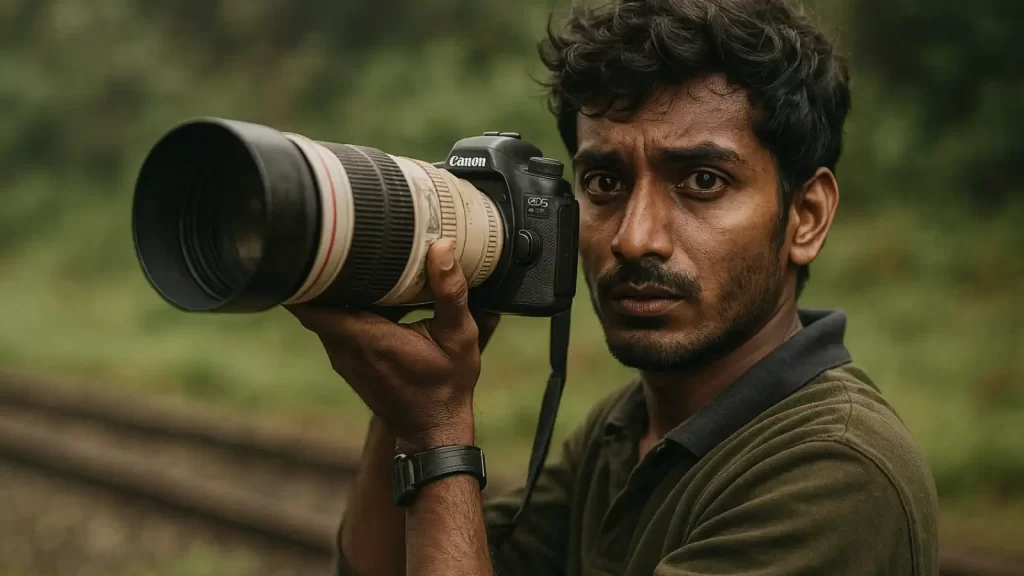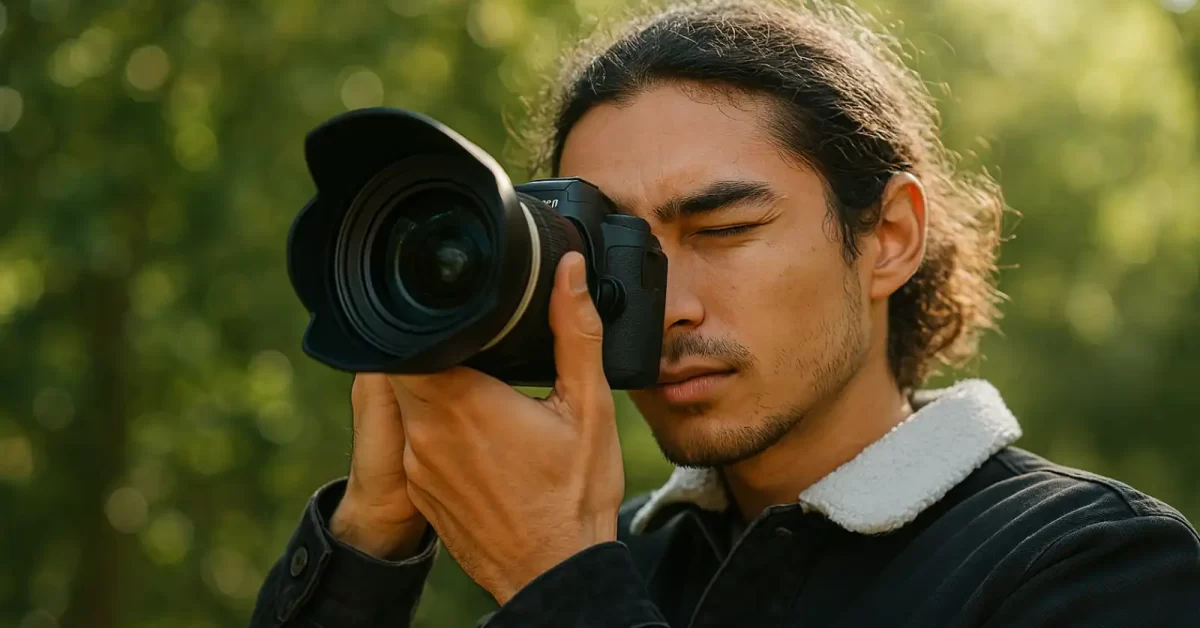Which is Better for Your Videos—DSLR vs Mirrorless?
Your decision between using a DSLR vs mirrorless will determine your choice for your upcoming video recording. These camera systems deliver superb results though they operate with distinct functionalities. Your optimal decision will depend on your present needs. We’ll be discussing the specifications of your dream camera shortly.
Using the wrong camera tool wastes time, is annoying, and limits your creativity. Don’t worry, we’ll organize this information step by step. You will observe your perfect camera choice after reading through this post.
What makes this decision important? Your camera serves functions beyond normal tools because it acts as the essential element for sharing your story. We will analyze the main elements to fully understand the subtler aspects of this matter.
Choosing the Wrong Camera Ruins Your Videos
The incorrect camera selection increases all aspects of your filming process. Operating with a bulky camera produces physical exhaustion when filming. Defective autofocus enables image blur along with restricted features which retain your thoughts in your head. These problems add up fast.
Investing in an improper camera not only equates to financial loss, but also results in poor performance during photo sessions. Your camera investment ends up being futile because it fails to match your essential needs. If you required a light portable camera, you would have faced disappointment after buying a heavy DSLR. Frustrating, right?
You have high stakes to maintain, yet the situation offers several positives. The fundamental knowledge of DSLR and mirrorless camera distinctions will help you make a simple decision between the two. Reading on will help you stay away from such errors.
Related: Best Affordable waterproof digital camera for snorkeling
The Secret: Key Factors That Make All the Difference

Size matters. Camera users prefer mirrorless models because these devices lack DSLR-style mirror components which results in smaller and lighter design. Many people would consider reduced size to be a revolutionary component for this technology because of its portability advantages.
Autofocus is another big factor. Advanced subject monitoring features are present in the modern mirrorless camera design. Better focus transitions and higher-quality shots can be achieved through mirrorless cameras for video recording.
Usability ties it all together. Your video choice depends on how well you understand the basic differences which exist between DSLR camera feel with long battery duration versus mirrorless camera features.
Why Alternative Cameras Fail (And How These Two Stand Out)
The ease of access to smartphones and camcorders does not deliver the needed quality for accomplished content production. Smartphones do not provide manual control options nor do camcorders fit modern standards because they are too big. Modern videography exceeds their functionality, which makes them incapable of delivering excellent results.
Action cams provide enjoyable experiences but deliver insufficient features for most professional movie and video production needs. The devices excel at recording active videos, yet cannot perform complex cinematic movies and do not deliver professional audio standards. The alternatives work for certain situations, yet they cannot address all production needs.
DSLRs and mirrorless cameras remain preferred equipment because they offer users both versatility and high-end quality along with accurate manual operation. These cameras provide essential functionality that all other options lack in both documentary and YouTube vlogging scenarios. Let’s see how they compare.
Transition: What Makes DSLR and Mirrorless Cameras Unique?

The traditional DSLR design delivers stable performance through its dependable system. These cameras provide natural image viewing because of their built-in optical viewfinders and they maintain battery power longer. Users who typically work with traditional camera equipment should find familiarity with this product.
Mirrorless cameras function as small and efficient camera systems which deliver compact features. The cameras operate noiselessly because of electronic shutters and deliver unmatched autofocus performance for recording videos. The modern tools from this era define what is achievable in photography.
The essential question remains: what camera fits your requirements best from two valuable options? Understanding video equipment options becomes simpler when we examine each feature more closely to select the most suitable equipment.
Related: Canon EOS R vs Sony A7 IV comparison review
Feature Breakdown: DSLR Cameras
For years, creators have depended on DSLRs as their preferred video recording tool, which continues to appeal to numerous videographers. Professional camera manufacturers created DSLRs because they provide both reliability and adaptability. Here’s why:
A DSLR gives you an optical viewfinder which reveals the exact composition that will be captured. Your live viewing experience through the optical viewfinder shows an unaltered preview which stays free from delay and image distortion. The extended battery duration of these cameras allows for unrestrained filming throughout hours while you maintain constant power.
The second advantage of DSLRs is their extensive selection of lenses. The extensive lens selection provided by DSLRs includes both fisheye action lenses and prime portrait lenses. Among the myriad of options, customers discover a lens that suits their needs. The devices tend to be both loud and dimensional, which makes them not suitable to everyone’s needs.
Finally, here’s a quick list of pros and cons to keep in mind:
- Long battery life
- Optical viewfinder
- extensive lens selection.
- Heavier design
- Noisier operation
- Slower autofocus compared to mirrorless.
The combination of characteristics matches what you require selecting a DSLR camera.
Feature Breakdown: Mirrorless Cameras
Video creators now find their new solution in mirrorless cameras. The compact camera design provides fast performance with modern technological features. Let’s break it down.
Some of their most decisive characteristics include their exceptional autofocus system. The autofocus system in mirrorless cameras operates with high speed and precision therefore, it excels in dynamic video sequences. Their shot mode features silent operation that work particularly well in both interview sessions and sound-sensitive settings.
These cameras have built-in 4K video recording capabilities which even entry-level units can support. Easier transportation benefits from their reduced size although users must accept limited battery runtime.
- Compact size
- Fast autofocus
- Silent shooting
- Excellent video quality.
- Shorter battery life
- Fewer manual controls on smaller models.
Your top preference should be mirrorless systems if you need either quick performance or lightweight construction.
Real-Life Examples: Who Uses What?

The employment of both cameras demonstrates their suitability for various purposes according to real-life situations. Photographers working with wildlife select mirrorless cameras because these devices present both compact features and soundless operations. Weight becomes critical when looking for animals in their natural habitat.
Even videographers select DSLR cameras because these devices offer extended battery power besides excellent device durability. The needs of wedding ceremonies together with corporate gatherings require equipment that maintains performance until the entire event completes.
The film industry employs both DSLRs and mirrorless cameras based on the particular requirements of each project. A documentary filmmaker could alternately use a DSLR to provide stability while needing a mirrorless camera for its ability to sway. Evidence shows that no single camera type meets all requirements.
Read this: Best budget digital camera for beginners 2025
Social Proof: What Experts Say
Experts acknowledge that mirrorless and DSLR cameras represent different strengths in photography from each other. According to Digital Photography Review, the main advantage of mirrorless cameras is their capability to recognize subjects quickly and track them accurately while shooting videos. Backcountry Journeys recommend DSLR cameras because their optical viewfinders deliver “true-to-life scene display”.
Customers alike share success stories online. Cameras with 4K capabilities lead users to secure profitable work according to some users. Some photographers continue using DSLRs because they provide reliable performance together with user-friendly operation. Listening to both experts and ordinary users will strengthen your trust in your selection.
Scarcity: Why Now Is the Time to Decide
Camera manufacturers regularly release new models, which leads to unavailable product options for late deciders. Temporary discount offers on previous generation camera models prompt consumer response. Waiting will probably prevent you from obtaining either special pricing or more advanced capabilities.
Technology evolves fast. A camera you consider today might get replaced tomorrow. Allowing undecided thoughts prevents you from wasting opportunities and access to discounts along with your money and valuable time. Your current action ensures you place yourself in a strategic position.
Take Control of Your Video Setup
The lesson about DSLR and mirrorless camera differences stands complete. Now it’s time to take action. The choice depends on if you need a portable camera with fast performance or one that provides reliable performance and long battery capacity.
Make your choice between camera types that best aligns with your preference when creating. Test both camera kinds in your local store or read dedicated reviews like this one to gain detailed insight. Your choice must serve to bolster your goals.
Ready to upgrade? The list of outstanding cameras suitable for upcoming work is available by following this link here. Your narrative requires a proper instrument, so delay the search no longer.

